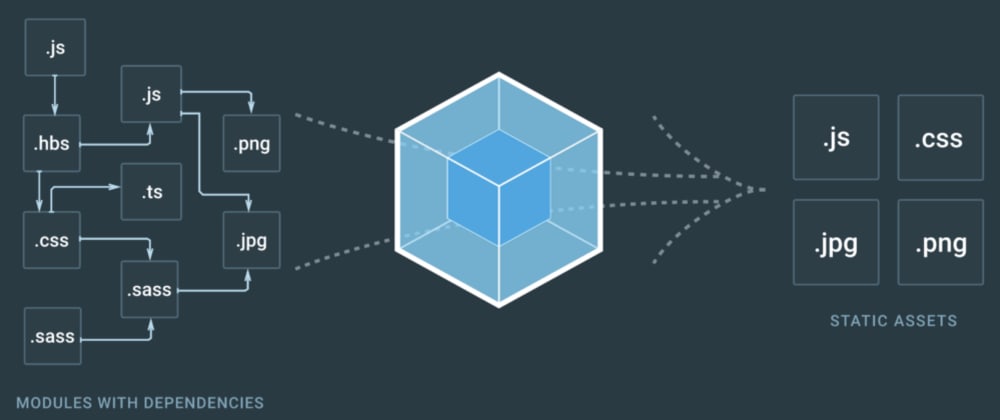
Like this article? Check out blog.flennik.com for more content like this!
In the constantly mutating world of webdev, skepticism and con...
For further actions, you may consider blocking this person and/or reporting abuse


It's kind of funny, since past few days I have been mostly configuring Webpack 2 builds. The #1 most difficult part for me was to setup loaders to correctly process static assets. E.g. I had problems with
style-loaderand external fonts (where I've found a very specific race-condition-ish case where it just didn't work). Also, I think the documentation for some (even contrib) loaders should be more verbose, including examples for both inline and external config.Have you seen webpack-merge? I designed it to make it easier to configuration. The basic
mergeis enough in practice and it allows you to extract commonalities and even compose if you want.I agree a single file is a great starting point. I prefer to maintain my own "blocks" for the reasons outlined above. In part it's about owning your configuration as you can't wait for third party fixes. That said, if you own your configuration, it can be sensible to package it up so that you can share it across projects (middle ground).
I wrote a little free book that digs deeper into the way I think about webpack. I hope you find something useful there.
+1 for the webpack-merge, I've been using it ever since I found it. Much more clearer than
isProductioninline hacks.Nice to see others getting the word out about Webpack 2 lesser known features. I am also looking forward to checking out Au7. I have my own library on top of F7 using ES6. I also have been using Aurelia for web projects for about a year now. I thought about bringing the two together but haven't needed to yet with what I have in my library.
Nitpick:
In your example, it doesn't, because the context is already an expression.
This works fine:
But this doesn't and the parens are required:
Using them in your example is a convention. See also eslint.org/docs/rules/wrap-iife
Alex - you are the only person to have done a good job of explaining the new webpack 2 environment variables. Saved me hours. A model of clarity. Thanks.
I'm touched by your comment! Glad to have helped.
Great article.
My biggest troubles have been the changing api in Webpack2.2
Webpack is great!
Great article. Webpack presets sounds like a good idea